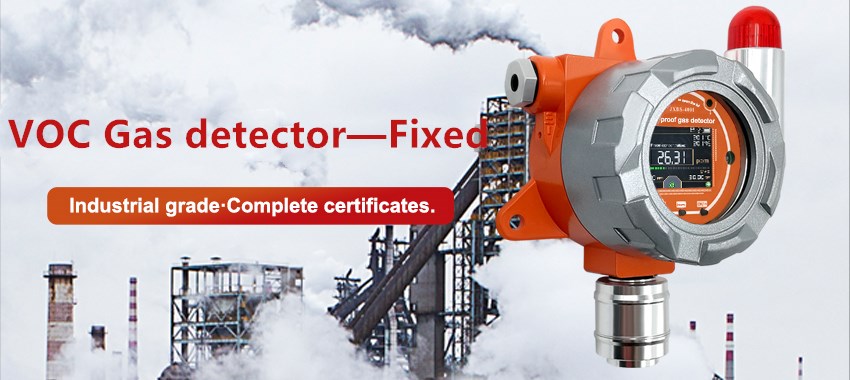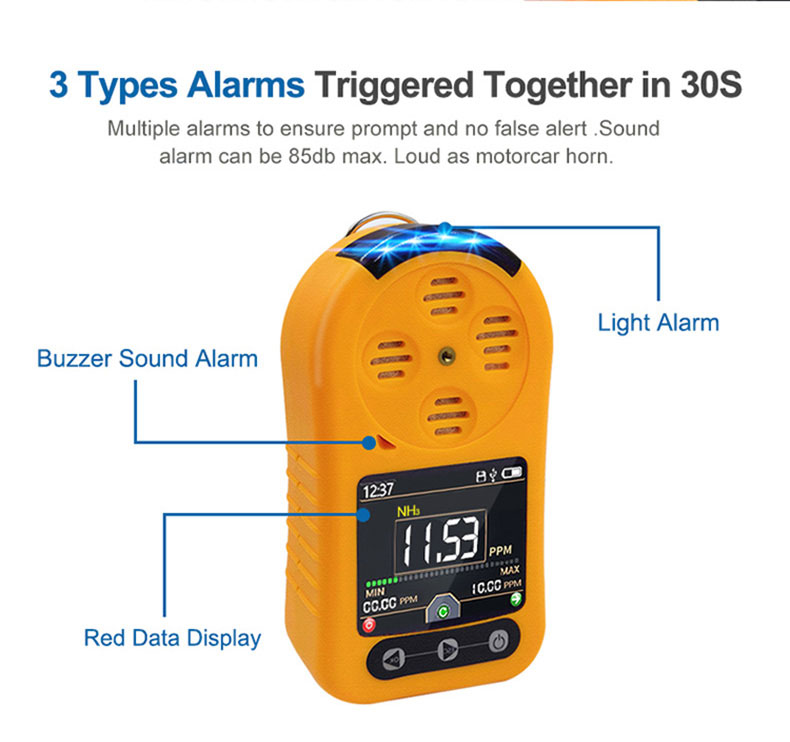What are VOC Sensors?

VOC sensors are devices that detect and measure the concentration of volatile organic compounds (VOCs) in the air. VOCs are a class of chemicals that have a high vapor pressure at room temperature and can be emitted from various sources, such as building materials, cleaning agents, paints, and furnishings. Exposure to high levels of VOCs can cause a range of health effects, including eye, nose, and throat irritation, headaches, dizziness, and even cancer.
Why are VOC sensors important?
VOC sensors are designed to detect and measure the levels of VOCs in the air, and provide real-time data on their concentration and composition. This information helps individuals and organizations to identify sources of pollution, assess exposure risks, and take appropriate measures to reduce or eliminate them.
Incorporating VOC sensors into buildings and facilities can help improve both indoor and outdoor air quality, protecting the health of occupants and reducing environmental impact. For example, in hospitals and other healthcare settings, VOC sensors can detect harmful compounds and alert staff to take necessary precautions to ensure patient safety. Similarly, in industrial settings, VOC sensors can help companies to comply with regulatory requirements and minimize their impact on surrounding communities.
How do VOC sensor work?
VOC sensors use different technologies to detect and analyze VOCs, depending on the application and the target compounds. Some common methods include:
- Photoionization Detection (PID): Uses ultraviolet light to ionize VOCs, and measures the resulting current flow as an indication of concentration.
- Metal Oxide Semiconductor (MOS): Utilizes a heated metal oxide surface to interact with VOCs and change the electrical resistance, which is then measured as an indication of concentration.
- Electrochemical sensors: Measures the current flow produced by a chemical reaction between the target VOC and an electrode, which is proportional to the concentration of the compound.
VOC sensors can be incorporated into different types of devices, such as handheld monitors, wall-mounted sensors, or integrated systems that combine multiple sensors and data analysis tools.
What are the benefits of VOC sensor?

VOC sensor offer a range of benefits for individuals, communities, and organizations involved in air quality management. Some of the most significant advantages include:
- Early detection of VOCs and other pollutants, allowing rapid response and mitigation efforts.
- Improved accuracy and reliability of air quality monitoring, compared to traditional methods such as visual inspection or static sampling.
- Real-time data sharing and analysis, enabling stakeholders to make informed decisions about exposure risks and mitigation strategies.
- Reduced health risks for individuals and communities exposed to harmful VOCs, and improved environmental sustainability.
- Compliance with regulatory requirements for air quality norms and emissions controls.
What are some challenges and limitations of VOC sensors?
While VOC sensors have many advantages, they also face some challenges and limitations that need to be considered when designing and using these devices. Some of the main issues include:
Interference from other compounds that can affect the accuracy and sensitivity of the sensors, leading to false positives or negatives.
Calibration and maintenance requirements to ensure accurate and reliable measurement over time, which can lead to additional costs and labor for users.
Limited portability and range, which may require multiple sensors to cover large areas or complex environments.
Data privacy and security concerns, especially when sensitive information such as personal health records or industrial processes is involved.
Lack of standardization and interoperability among different sensor technologies and manufacturers, which can hinder data sharing and integration across platforms.
Conclusion
Volatile organic compound sensors are tools for detecting and monitoring hazardous compounds in the air to improve health and safety. By providing real-time data and insights, it can help us make informed decisions about exposure and mitigation measures. However, in order to fully realize the benefits of VOC sensors, limitations are addressed through continued research, innovation and collaboration. Only through collaboration can we ensure that VOC sensors continue to advance and improve the lives of people around the world.